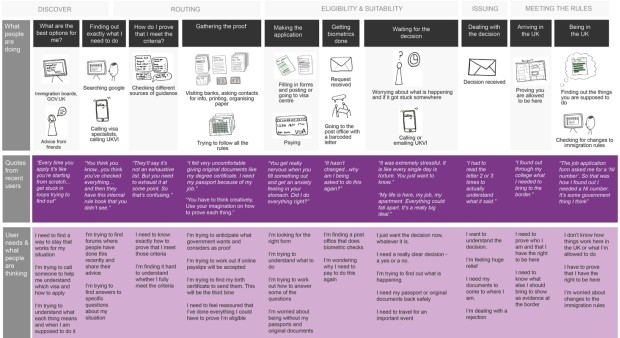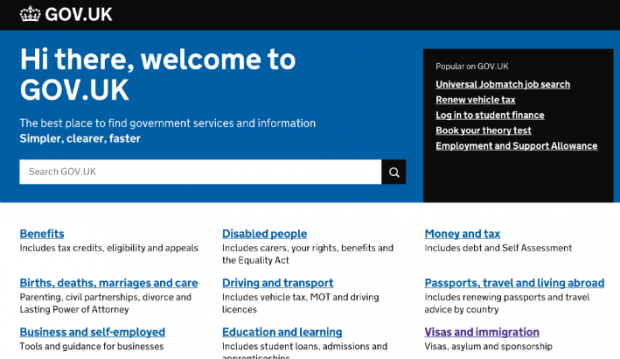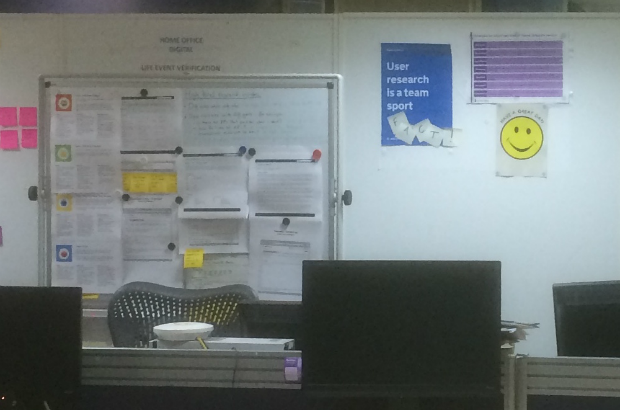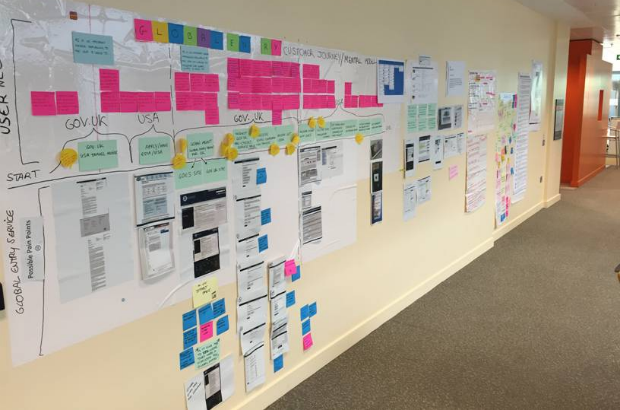Sharing design patterns to work smarter
...all learning and trying new things. How do we share those learnings so that we make better decisions in the future? Here are some things we’re doing to better collaborate...
...all learning and trying new things. How do we share those learnings so that we make better decisions in the future? Here are some things we’re doing to better collaborate...
...anything ‘wrong’. But for some it was too much of a leap. One participant managed to avoid touching or interacting with the cards for the whole session. However, this still...

If you are not careful you can antagonise users before they have even started testing your service.
...I think it’s helpful for designers to be able to code, is that it helps this relationship. I can build relationships by doing a bit of pair-developing on a part...

...new job. Our services are things they have to do to get what they want. The ideal service would be one where the user doesn’t have to do anything at...

...page how you want it. Turning static images into a prototype Once you’ve mocked up your new pages, you can drop them into Invision - a free prototyping app. Invision...

...and Kuwait, problems are evident. Since April 2015 many UK visa applicants have had to pay an immigration health surcharge (IHS). Analytics show the average time spent on the IHS...

...reduces the development time for form based projects. We have employed the kubernetes API, enabling us to quickly spin up new environments, saving us both time and money. Team’s focus...

...have to make sacrifices about what we have on show. While we’d like to display information about our users, the latest usability test findings, workshop outputs, sketches and design printouts...

...and is still being tested. We’re controlling user volumes through the use of ‘invitation codes’, which are being sent out to selected end users with the help of commercial partners....